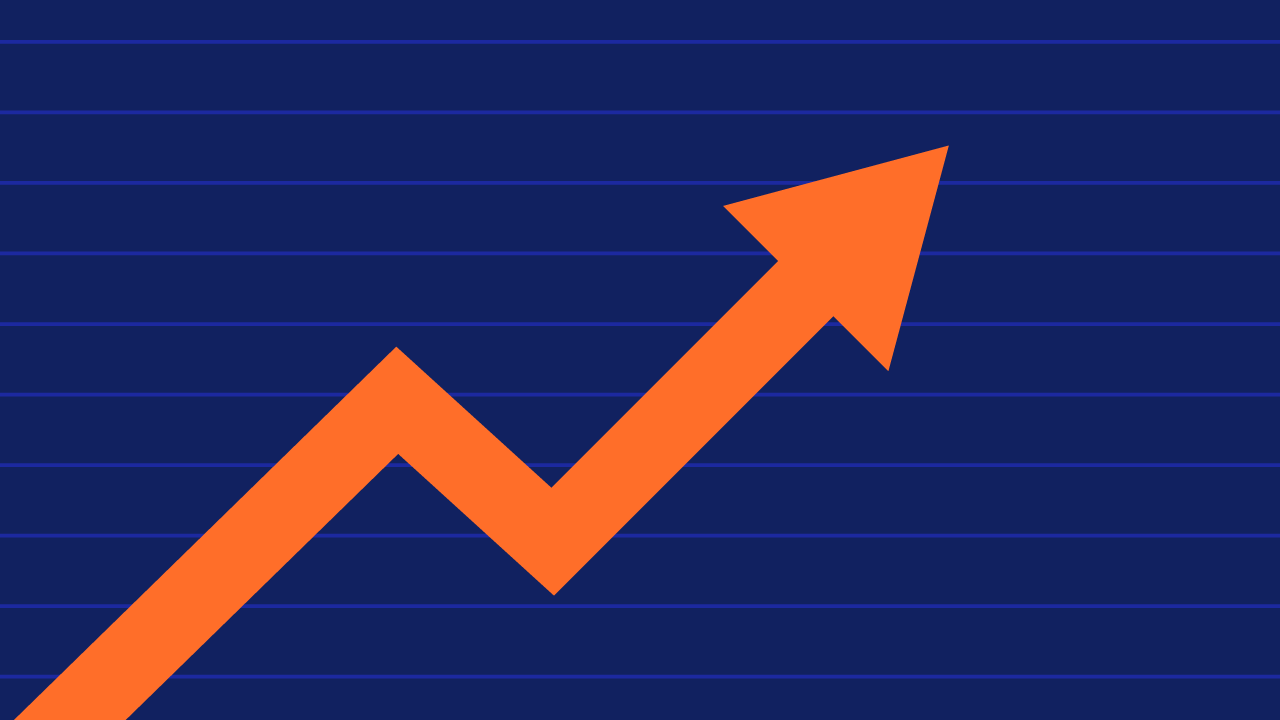This article was originally published on PRWeek.com. We are reposting with their permission.
The launch of ChatGPT was almost 12 months ago, and it’s fair to say its impact on our industry has been significant. I’ve been working in artificial intelligence for 10 years, but the technological leap we’ve seen over the past year is comparable to the advent of social media or the internet itself.
Like social media or the internet before it, AI will be transformative and disruptive in ways we can’t yet begin to understand. For those of us in PR and comms, a field driven largely by text, generative AI tools like ChatGPT, Bard and Bing can assist in many of our routine tasks. But we shouldn’t forget we’ve been using a form of AI for some time.
The Evolution of AI in PR
At Cision, we used our data to train AI models that power our CisionOne platform. For example, our React Score feature uses 17 natural language processing (NLP) models to identify potentially harmful content, such as racism, sexism, spam or fake news, automating the process of reviewing content in real time. Each NLP model is only capable of one very specific task: to detect that form of content. In this manner, AI works as a sort of virtual assistant, saving a human from a time-consuming task.
Similarly, our upcoming stance feature works as a more in-depth form of sentiment analysis (an AI-driven PR staple that’s been around for a decade already). Rather than simply classifying words (from, say, a post on X) as objectively positive, negative or neutral, our stance model uses NLP technology to consider whether they are subjectively positive, negative or neutral in sentiment toward a given keyword or topic. In other words, stance is sentiment plus context, an innovative application of existing technology.
But we’ve now entered a new phase powered by large language models (LLMs) trained on decades of data that enable AI to go from acting as our assistant to our co-pilot. Tools like ChatGPT can carry out more complex tasks like crafting press releases, writing blog posts, or summarizing articles. It's fast, an expert in every topic, and spots patterns a human might miss.
We already have work underway on features that act as AI co-pilots, such as narrative analysis, which groups together similar opinions shared anywhere on the internet, quantifies them, and identifies the influencers driving them.
Acting in this way as our co-pilot, AI is supporting and enabling us to do tasks faster and more efficiently, but we’re still providing specific direction and mostly getting a single output. Where do we go next? I believe we’ll soon shift from AI as co-pilot to AI as autopilot.
In the future, AI will be our “agency in a box.” The LLMs capable of generating text are also capable to reasoning and are aware of communications principles. Rather than carrying out a specific task like generating a press release, you could ask it to create an entire campaign plan including audience analysis, key messages and distribution.
Rather than simply identifying a trend, it could provide and execute a response before a human has even recognized a crisis is occurring. Just like our generative AI co-pilots, this utilization will save us time, meaning we can focus our efforts on considering a more strategic view, thinking further ahead, and managing stakeholders and critical relationships.
Unlocking AI's Future Potential
AI isn’t far off this capability right now, but to unlock that potential requires a deeper level of integration. Where AI will really take off is when these LLMs are rolled into the tools and workflows that are part of our day-to-day business. We’re of course already thinking of this at Cision, but we’re also engaging with industry bodies and the government, to ensure our development and application of AI is ethical, responsible, and has the best interest of our customers at its core.
Even in this autopilot future, AI will lack that empathy and understanding we bring to a problem, with our years of human-to-human experience, and the ability to interpret and predict emotion and nuance. Can ChatGPT purposefully exceed a brief you give it, or explain to the client why they should rethink their motivation for a campaign? No, but that doesn’t mean AI can’t be a valuable PR partner.
And partner is the right word. I think fears of AI making us obsolete are misplaced. We will still need to review, edit and approve (or not) what the AI is doing for us and take responsibility for it. And while it may help with the what, when and how, we will still be ultimately responsible for the why.
To learn more about how you can make AI your team’s PR partner, check out our all-new, all-in-one, AI-powered comms platform, CisionOne.








